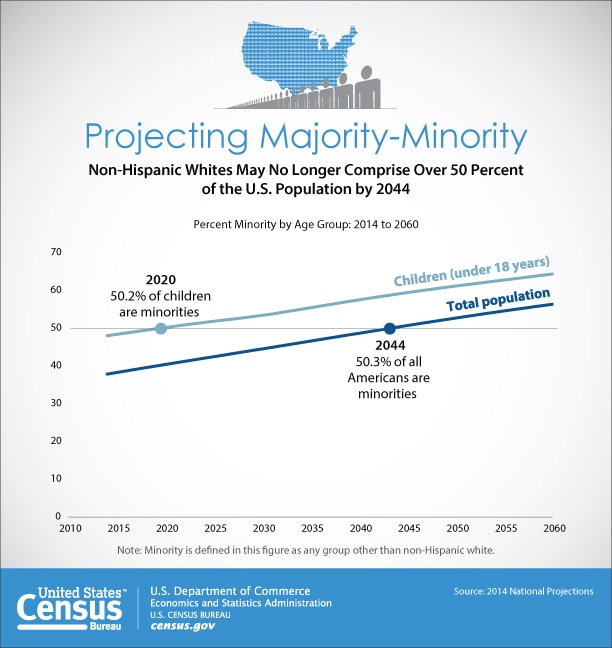Mapping Interracial/Interethnic Married-Couple Households in the United States: 2010
United States Census Bureau
Presented at the Annual Meeting of the Population Association of America
New Orleans, Louisiana
2013-04-11 through 2013-04-13
Tallese D. Johnson, Population Division
U.S. Census Bureau
Rose M. Kreider, Social, Economic, and Housing Statistics Division
U.S. Census Bureau
Introduction
This poster examines the geographic distribution of interracial and interethnic married couples in the United States. The analysis focuses on county level distributions that map the prevalence of specific combinations of interracial/interethnic married couples, such as Whites married to Asians. The county maps illustrate the diversity of interracial/interethnic couple combinations around the country. Much of the literature on interracial or interethnic married couples shows all such couples together. However, particular intermarried combinations have distinct histories and distributions across the United States.
Given distinct paths of entry into the United States, internal migration patterns, and residential segregation, we would expect that White/Black couples may tend to live in different areas than White/Asian couples, for example. Couples with a relatively longer history of intermarriage, such as Hispanic/non-Hispanic couples or White/American Indian and Alaska Native couples may have distinct patterns of residence. This poster provides basic information about where particular intermarried couples live, by county, across the United States…
View the poster and maps here.




 …
…